Given that “itchiness” is the most common reason for veterinary visits, I suppose it shouldn’t be surprising that dog ear infections run a close second. Ear disease is a symptom that something else is going on in your dog’s body, such as allergies, so it makes perfect sense that ear infections in dogs are a leading cause of veterinary visits.
Otitis – inflammation of the ear – can be a painful condition that always has a root cause. The challenge is to figure out what that is.
Normal Dog Ears vs Infected Dog Ears
The canine ear canal is shaped like a capital letter L, with the opening to the outside located at the top of the vertical section (versus the human ear that’s a straight, horizontal shot). Glands and hair line the dog’s ear; the glands produce wax, and the hair moves it up and out to clean the ear, naturally. A normal dog ear should not require much home cleaning.
A normal, clean ear should be a healthy pink – and not stink! Signs that something is not right in your dog’s ears can include:
- Head shaking.
- Frequent head rubbing on the floor.
- Ear scratching.
- Other dogs licking or smelling your dog’s ears.
- An unpleasant odor.
- A red ear canal.
- Ear flaps that look like orange peel.
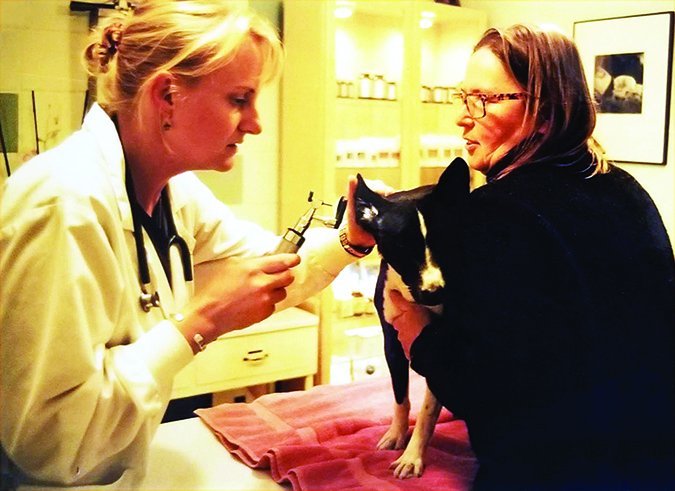
How Dog Ear Infections Start
An ear infection (otitis externa) begins when a trigger creates heat and inflammation in the ear. The glands that line the ear kick into overdrive and produce excess wax. Yeast and bacteria, normally present at low levels in your dog’s ear, thrive in that type of environment and grow rapidly out of control. The ear then becomes swollen; if left untended, the ear canal itself can become completely closed and no longer visible.
What Causes Ear Infections in Dogs: The Three P’s
Ear disease is merely a symptom that your dog’s body is dealing with another problem; there is always a reason why an ear infection develops! The challenge is to ferret out what, exactly, is the underlying cause. Start by looking at the three P’s: Primary, Predisposing, and Perpetuating causes. 1. Primary causes lead directly to inflammation of the ear and include:
- Environmental allergies or adverse food reactions; these account for a whopping 97 percent of primary causes!
- Parasitic disease such as mites. Mites create a dark discharge, but so does yeast. If your vet doesn’t run a cytology, the conditions can be easily confused. In fact, mites are frequently over-diagnosed, and are less of an issue than we might think.
- Foreign bodies such as foxtails or other grass awn.
- Keratinization disorders. These are conditions that affect the skin’s surface appearance and may involve abnormalities in skin cell production, glandular production, and skin cell breakdown. Seborrhea, for example, produces excess sebum and build-up of skin cells. Though seborrhea is more common in certain breeds (such as Cocker Spaniels), on the whole, primary keratinization defects are uncommon.
- Autoimmune disease, such as pemphigus. A biopsy must be performed to diagnose autoimmune disease.
- Growths or polyps from glandular tumors such as adenoma and carcinoma.
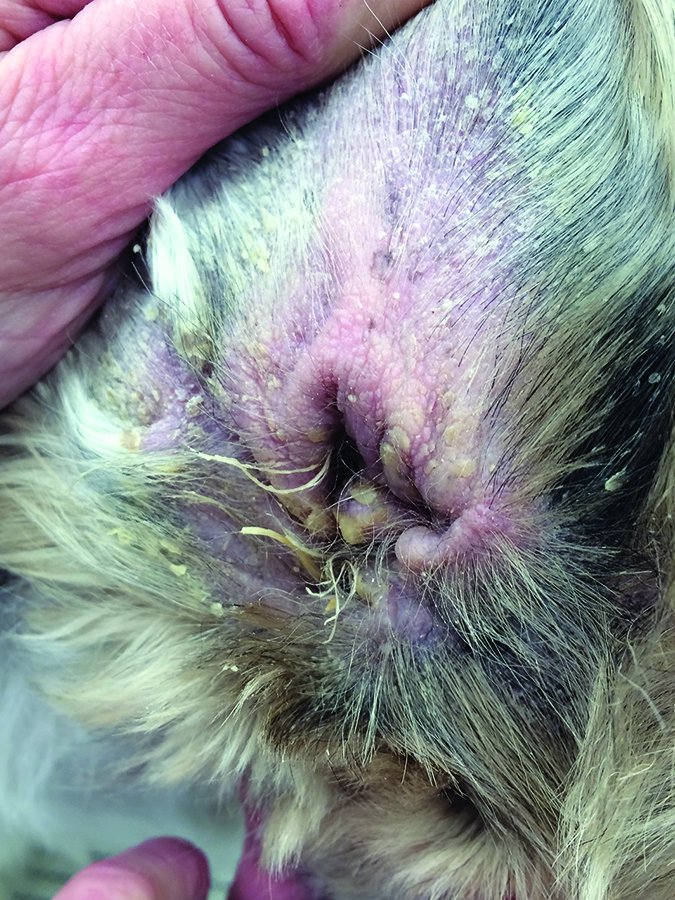
2. Predisposing factors in your dog that make her more susceptible to ear disease include:
- Variations in ear conformation. Shar-Pei, for example, may have narrowed ear canals.
- Moisture in ears, particularly in dogs who frequently swim or dive, often exacerbated by floppy ears. Nonetheless, this, too, is overrated as a reason for ear infections, particularly if the dog is only an occasional swimmer. The design of the dog’s ear – just like ours – is meant to be protective and prevent water from causing a problem.
- Excess hair in the ear canal.
- Inappropriate prior treatment. If your dog has had an ear infection that was not properly treated, improper care can accelerate the disease process by negatively altering the environment in your dog’s ears.
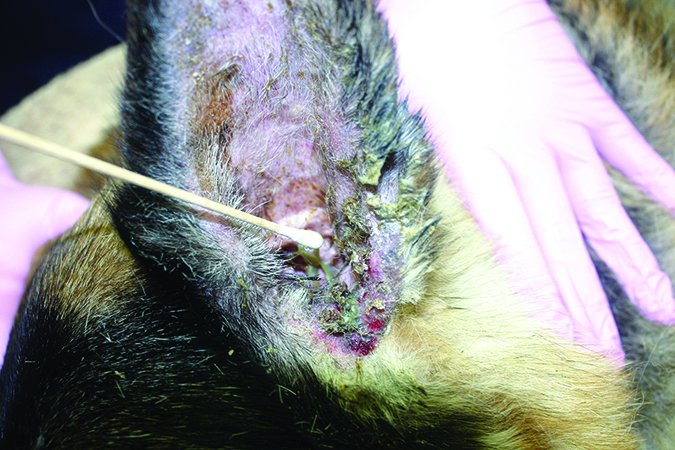
3. Perpetuating factors make us ask why the ear infection keeps coming back. It could be that changes in the lining of the ear canal were never addressed. Your dog’s condition may have started out as primary (disease) but developed into a new problem. Recurrent bacterial and yeast infections and infection of the middle ear can fall into this category.
Diagnosing Ear Problems in Dogs
If your dog’s ears seem to bother her – and particularly if she has developed a second and/or recurrent ear infection – your veterinarian or veterinary dermatologist is the best place to start.
Your dog’s general practitioner should:
- Look in both of your dog’s ears with an otoscope.
- Take a sample and run an in-house cytology by simply viewing cells under a microscope, looking for yeast and/or bacteria and inflammatory cells.
- Design short- and long-term treatment plans. After running the cytology, the veterinarian should clean your dog’s ears and prescribe an appropriate course of action based upon what she saw under magnification.
A long-term care plan includes ferreting out the true cause of the infection. If your dog is a frequent swimmer, for example, that might be the sole cause of her issue. But if other symptoms exist, you could well be dealing with an allergy.
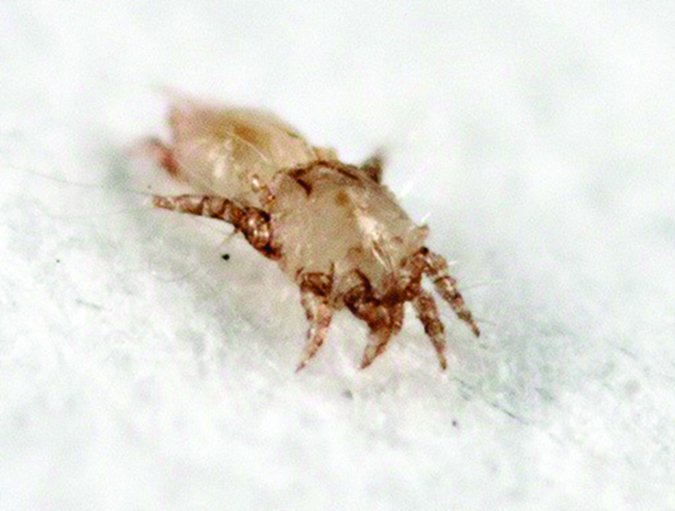
Don’t just put out fires by treating without understanding what precipitated the problem. Help your veterinarian figure that out by sharing what symptoms and symptomatic behaviors you’ve observed. Excessive licking? Paw chewing? Hot spots? Anal gland issues? It only happens at certain times of the year? Generally speaking, though far from absolute, think “ears and rears” for food sensitivities, and face, paws, and belly for environmental causes!
How to Prevent Ear Infections in Dogs
Prevention is a great place to start, particularly if you have a floppy-eared dog or frequent swimmer – though, again, these issues are often compounded by others. Regular ear checks and gentle wiping can help stave off problems.
Tiffany Tapp, DVM, DACVD, a board-certified veterinary dermatologist at Veterinary Healing Arts in East Greenwich, Rhode Island, likes a simple 50/50 water/white vinegar solution to keep ears clean. Vinegar is naturally antibacterial and anti-yeast; it acidifies the ear canal to make it less hospitable for these interlopers to take root.
Dr. Tapp also suggests using regular saline solution from the drug store; she recommends warming the fluid slightly, stuffing your dog’s ears with rolled cotton, pouring in the liquid, massaging the ears, then removing the cotton.
Additional specialty products are available for cleaning when necessary; some products make the ear more acidic – which is good for knocking back yeast – while others are better for addressing bacteria. Dr. Tapp’s favorite commercial ear cleaners include:
- Douxo, a gentle, soothing, antibacterial micellar ear cleaner.
- Acidic, drying, deodorizing products such as Glycozoo Otic, EpiOtic Advanced, and MalAcetic Ultra, which also help maintain the proper ear pH.
- A topical therapy called Zn4.5Otic with zinc, amino acids, and boric acid (which is anti-yeast) to help heal the microenvironment of the ear and stave off repeat infection.
Keeping the surface hair of your dog’s ear flap clipped short is helpful and preferable to vigorous plucking, particularly in a floppy eared dog. Plucking hair from the ear canal may lead to microtrauma and inflammation in the ear that can predispose your dog’s ears to infection.
How Not To Care for Dogs’ Ears
Q-tips were not designed to accommodate the L-shaped structure of the canine ear canal, so don’t use them to clean your dog’s ears. They irritate the ear canal and push debris further in to unreachable areas, making a small problem much worse.
Don’t use alcohol, mineral oil, and lanolin-based products in your dog’s ears. Alcohol both stings inflamed tissues, which will decrease your dog’s willingness to allow you to examine or handle his ears; it also can dry out the sensitive tissues inside the ear. Mineral oil is heavy and traps dirt, bacteria, and fungi in the ear. And some dogs have an adverse reaction to lanolin-based products, leading to deafness.
When selecting a product, your veterinarian can consider the type of exudate in your dog’s ear; ideally, she should avoid prescribing an oily product if your dog has a lot of oozing liquid or pus in her ear. Oily medications simply sit on this yucky liquid (separating like any oil and water) leading to inadequate treatment.
Recurring Ear Infections in Dogs
If your dog suffers from recurring ear infections and your general veterinary practitioner is out of answers, it could be helpful to seek out the expertise of a veterinary dermatologist. The dermatologist has access to specialized tools such as video otoscopy that allow her to see deep into the dog’s ear canal. She also has many more specialized treatment options at her fingertips.
Even for less serious cases, given their specialization, dermatologists are well equipped to offer a “less is more” approach and may get to the root of the problem more quickly.
Otitis inflammation of the ear may seem like an insignificant issue that will resolve with time, but in most cases, it won’t. Ear infections are not only painful – think back to when you were a kid or one of your children had an ear infection – they also can cause hearing loss if left untreated.
If you see outward signs that something is not right in your dog’s ears – even if it doesn’t seem painful – don’t wait! Seek out veterinary treatment as soon as possible.
Lisa Rodier, CNWI, lives in southern Rhode Island with her husband and a Bouvier named Atle. When she’s not at the beach, she competes with Atle in scent work trials and teaches K9 Nose Work classes.


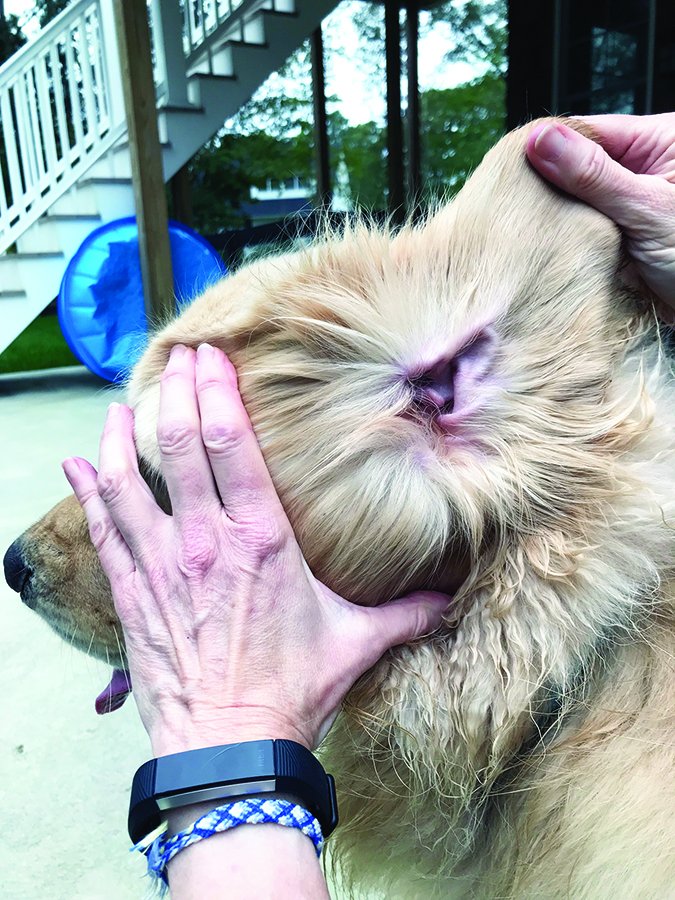
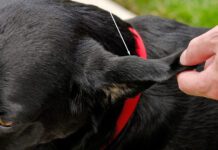
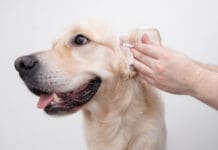
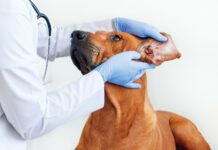

I always make sure to keep my dog’s as clean and dry as possible as little moisture can result in ear infection.
Wow what a great article, Thanks!
All my dog ever goes to vet is for ear infection we treat goes away comes right back in 2 weeks . Last treatment was prednisone, drops , opepa quill I just don’t know what to do inside dog never swims it’s just constant and discouraging need help I’ve spent 700.00 at vet last month no right back
Timothy kummer you need to find out if there is some other cause. Like the grass or weeds out back like foxtails for example.. is your dog always in them. Or do you walk your dog through such things. Also take special note of what food your feeding your dog and what shampoos and medicines that could be causing it. Have you changed your dogs food in the last 2 or 3 months ? Maybe change to an all natural diet. Pay very close attention to your dogs daily things they do and what may he getting into.. because it could also be something your bringing home with you from your work on your clothes too.
Timothy, it is probably food related. Took two dogs with chronic ear issues to figure that out. In our case, it was anything with sweet potatoes or pumpkin. I changed food and also discovered Zymox otic ear ointment, online. That stuff is miraculous.
Excellent article, by the way. Thank you.
I have a half cocker spaniel/half Chihuahua. He has allergies. I believe food allergy. Never had him tested. I no longer feed him dog food. I feed him chicken that I cook for him. He also has the repeatedly ear infection. My vet has given him clavacillin 125mg. I am at a loss also. I dont have the finance to take him to the vet every month. what do i need to do for him so his visit to the vet isnt every month? And I thank you for this article you wrote. It was very helpful because my vet didnt explain the ear infection to me.
My dog has the same issue. Turned out it was any meat even when I made it. She has to be on a fish based diet. That has helped tremendously. I also give her zyrtec allergy medicine everyday. She unfortunately still has some issues because grass seems to irritate her too. When did dogs become allergic to everything??
Thanks for this article. My dog -german shepherd,had tick problems in the past,I treated and treated and finally they where gone,I even had to fumigate the compound but now I noticed some dark substance in her ears, could it be the ticks again? Her body’s fine though.